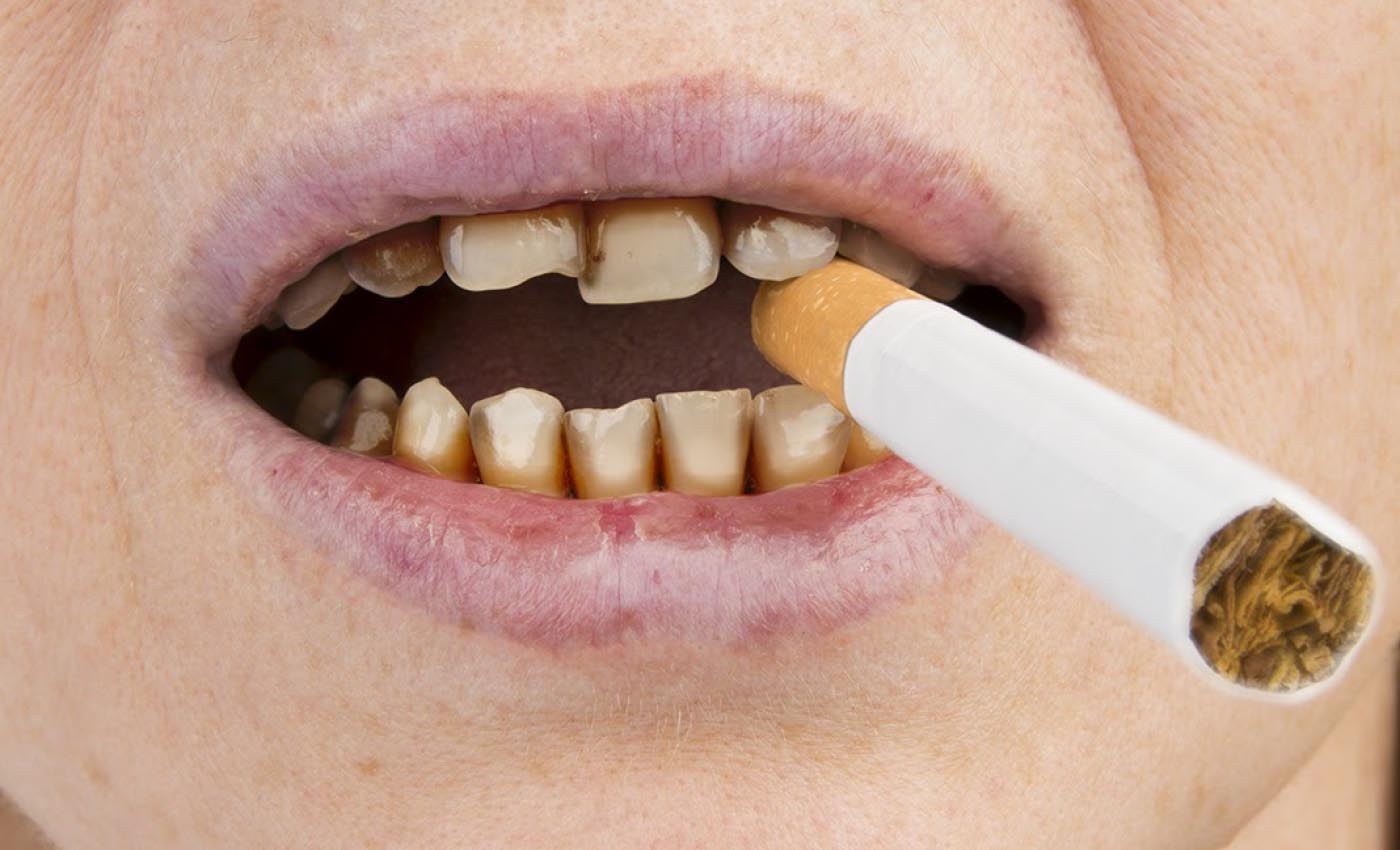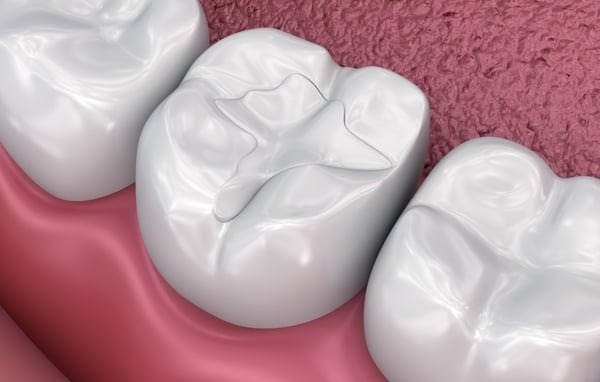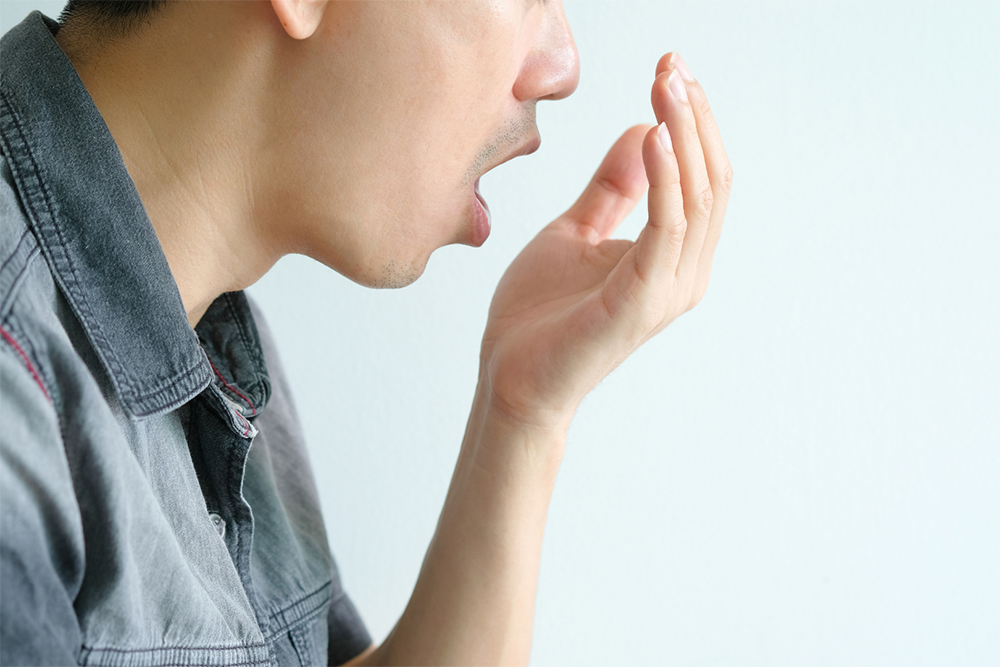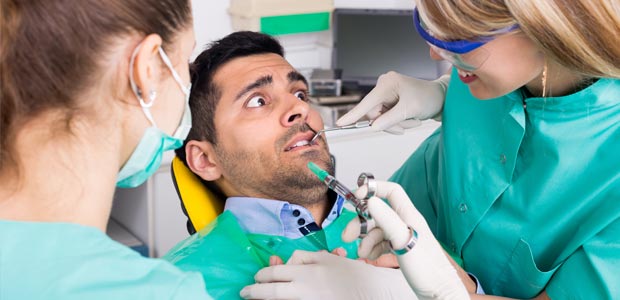Bruxism: Innovative Solutions for Tackling It Head-On
Bruxism, commonly known as teeth grinding, affects millions worldwide, leading to dental problems, jaw pain, and sleep disturbances. In this article, we explore cutting-edge treatments revolutionizing the management of this prevalent condition.
Understanding Bruxism
Before delving into solutions, it’s crucial to grasp what bruxism entails. This condition involves involuntary grinding, clenching, or gnashing of teeth, often occurring during sleep. While occasional bruxism may not cause significant harm, chronic cases can result in enamel erosion, tooth fractures, and temporomandibular joint disorders.
Custom Night Guards: A Traditional Approach Enhanced
Night guards have long been a staple in bruxism management. These custom-made devices create a barrier between the upper and lower teeth, preventing damage caused by grinding. However, recent advancements in materials and design have made night guards more comfortable and durable, offering enhanced protection without compromising on comfort.
Behavioural Therapy: Rewiring Habits
Behavioural therapy aims to address the underlying causes of bruxism by modifying habits and reducing stress levels. Techniques such as relaxation exercises, cognitive behavioural therapy (CBT), and biofeedback help individuals manage stress and break the cycle of teeth grinding. While behavioural therapy may not offer immediate relief, it can yield long-term benefits by addressing the root causes of bruxism.
Botulinum Toxin Injections: A Novel Approach
Botulinum toxin injections, commonly known as Botox, have emerged as a promising treatment for bruxism. By targeting the muscles responsible for jaw clenching, Botox injections can reduce the intensity of grinding and alleviate associated symptoms. While more research is needed to establish its long-term efficacy, early studies suggest that Botox injections can provide significant relief for bruxism sufferers.
Oral Appliances with Sensory Feedback
Innovative oral appliances equipped with sensory feedback mechanisms offer a high-tech solution to bruxism. These devices detect teeth grinding in real-time and deliver gentle vibrations or auditory cues to alert the wearer. By raising awareness of bruxism episodes, these appliances help individuals modify their behaviour and reduce grinding frequency over time.
Biofeedback Therapy: Harnessing Technology for Awareness
Biofeedback therapy utilizes sensors to monitor muscle activity and provide real-time feedback to patients. By visualizing muscle tension levels, individuals can learn to identify triggers and implement relaxation techniques to mitigate bruxism episodes. This technology-driven approach empowers patients to take an active role in managing their condition, leading to improved outcomes and quality of life.
Embracing a Multidisciplinary Approach
The complexity of bruxism calls for a multidisciplinary approach that integrates dental, medical, and psychological expertise. Collaborative efforts between dentists, sleep specialists, and psychologists can lead to comprehensive treatment plans tailored to each individual’s needs. By addressing both the physical and psychological aspects of bruxism, healthcare providers can offer holistic care that promotes long-term health and well-being.
Telemedicine: Expanding Access to Care
Telemedicine has emerged as a valuable tool in bruxism management, particularly in remote or underserved areas. Through virtual consultations and remote monitoring, patients can access expert care without the need for in-person visits. This not only improves accessibility but also enhances convenience for individuals with busy schedules or mobility limitations. Telemedicine empowers patients to take control of their health while receiving guidance and support from healthcare professionals.
Research and Innovation: Shaping the Future
The field of bruxism treatment is constantly evolving, driven by ongoing research and technological advancements. From genetic studies to innovative treatment modalities, researchers are uncovering new insights into the causes and mechanisms of bruxism. This knowledge fuels the development of targeted therapies that offer more precise and effective solutions for patients. By investing in research and innovation, we can continue to improve outcomes and quality of life for individuals affected by bruxism.
Empowering Patients: Education and Self-Care
Empowering patients with knowledge and resources is key to effective bruxism management. Educating individuals about the signs, symptoms, and consequences of bruxism helps raise awareness and encourages early intervention. Furthermore, providing guidance on self-care practices, such as stress management techniques and proper sleep hygiene, empowers patients to take proactive steps towards managing their condition. By fostering a sense of ownership and responsibility, patients can play an active role in their treatment journey.
Innovations in bruxism treatment are transforming the way we approach this common yet often overlooked condition. From custom night guards to high-tech oral appliances and botulinum toxin injections, there are now more options than ever for individuals seeking relief from teeth grinding. By combining traditional therapies with cutting-edge technology and behavioural interventions, healthcare providers can offer tailored solutions that address the unique needs of each patient. As research continues to uncover new insights into bruxism, the future looks bright for those seeking effective and innovative treatments.




